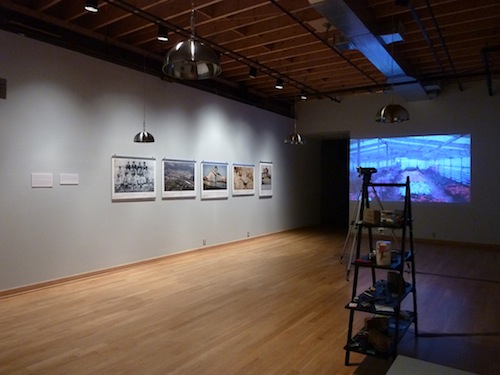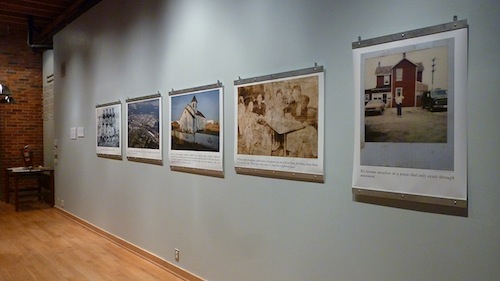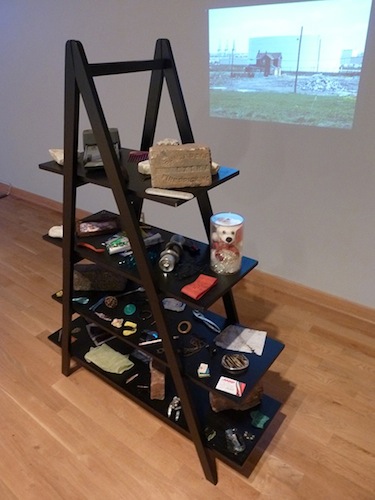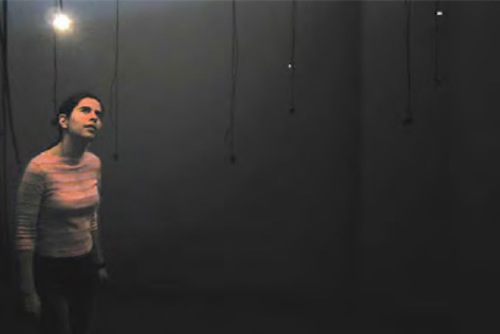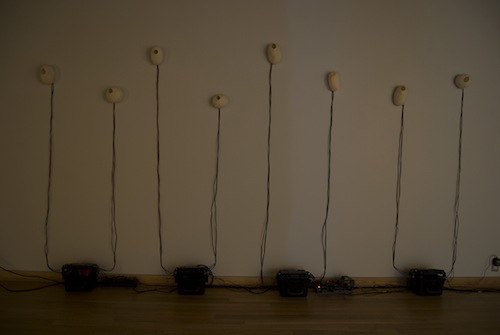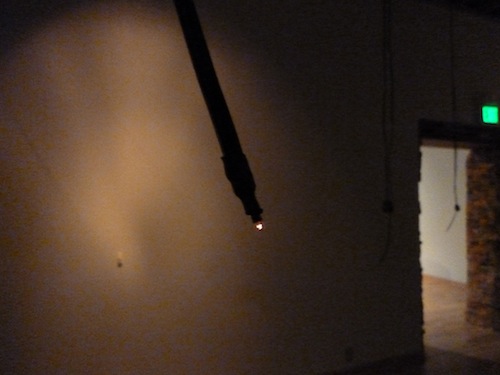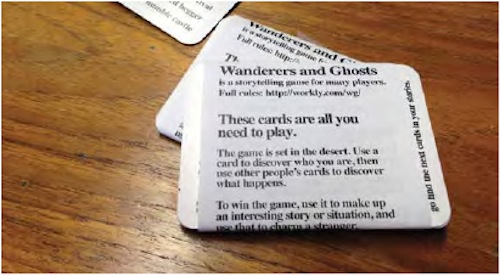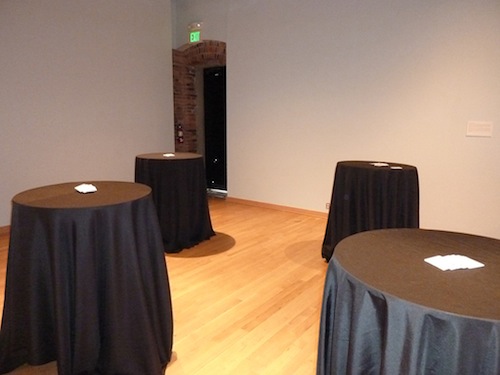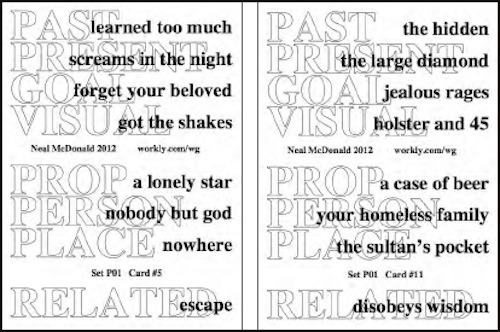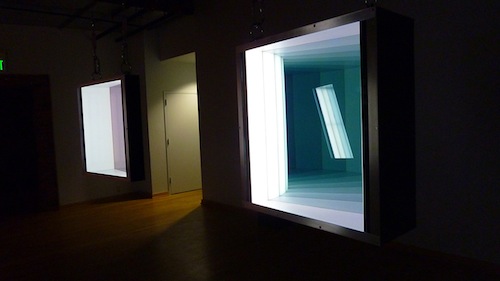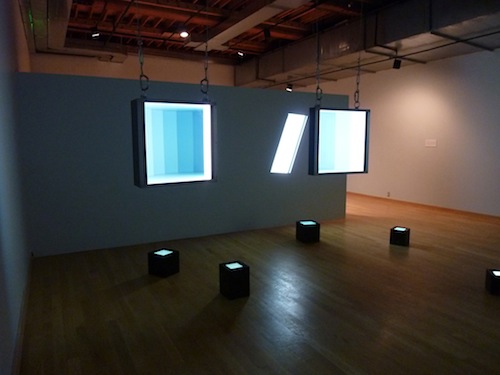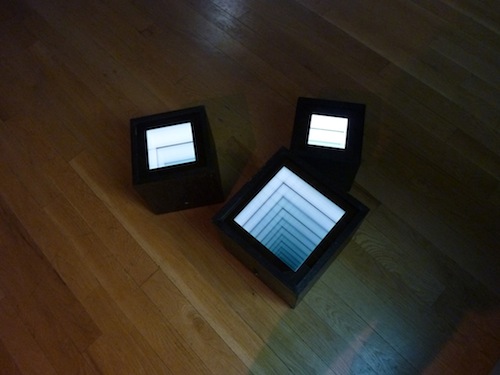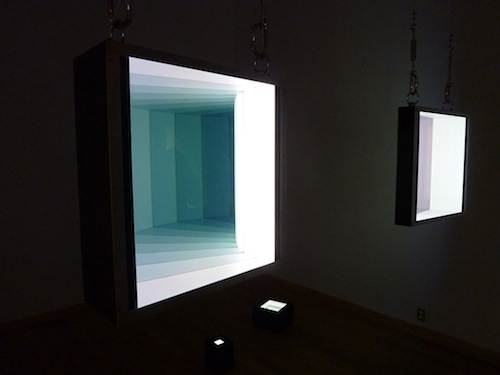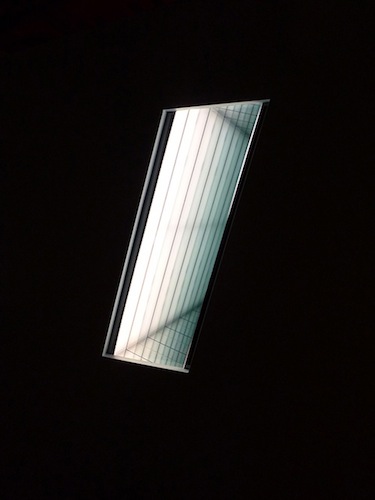Oasis Places, the current exhibition at Maryland Art Place is the 10th Anniversary iteration of “Curator’s Incubator,” a professional development program for emerging curators. Initially established by former & long-time MAP Director Julie Cavnor, the prerogative of the program is to give local artists and curators the opportunity to develop exhibitions with the support of professional advisors in an established gallery.
This year, the featured curator is Jeremy Stern, Assistant Director of Baltimore’s C.Grimaldis Gallery and Creative Alliance artist/resident. Per Stern’s published statement for the exhibition, the four artists included in this exhibition are united by the goal to “create space by transporting the viewer through their practice.” He further explains, “The artists achieve this through the audiences’ engagement with their artwork, making the space of the artwork a place.”
Stephen Bradley and Nicole King’s documentary project “Place Immersion: Mapping Baybrook” is installed in MAP’s entrance gallery. The subject of their project is the South Baltimore neighborhood of Baybrook, adjacent to Brooklyn and Cherry Hill. Long ago, this part of the city was a destination for the middle-class, but now it’s one of the poorest areas of the city. The components of the Bradley and King installation serve to teach viewers the neighborhood, comparing it’s past and present states through found objects, video, digital projections and source recordings.
Mounted on the wall are a series of poster-sized photos representing Baybrook’s history contrasted with contemporary aerial photographs of the neighborhood. In another component of the installation junky relics, new and old, are arranged on tiered shelves like living room tsotchkies. Here discarded scratch-off tickets, packaging garbage and broken antiques are displayed as evidence of a community disregarded. What Bradley and King attempt to do is restore the area with value by teaching its history.
Projected large to a wall is a slide show of family vacation photos dating approximately 50 years past. The images erratically jump forward and back, controlled by a motion sensor which reacts to activity in the room. It’s hard to not be taken by the scenes shown here – a 1960’s view of vacation travel saturated with aesthetic styles that have been co-opted by the contemporary nostalgia of “retro.” Bradley, a multi-media artist who resides in this South Baltimore neighborhood, paired for this project with King, a sociologist focusing on American Studies. Here, Stern’s “transporting the viewer through practice” idea is represented strongly through a clean, organized and professional presentation of ideas and content.
In the second gallery, the purpose and message of sound installations by Katherine Bennett are murkier. The room is nearly completely dark, sparsely populated with hushed lo-fi sounds and subtly blinking lights. The three works presented in the space each have the potential draw on our curiosity, drawing us into their fuzzy electronic mystery, but presented together here, they become vague and confusing. “Aural Outpost” lines the wall to the left. Six small woven cocoons contain LEDs, which pulse softly in response to intermittent sounds from speakers shrouded within. Black wires lead down from there to computer components on the floor which power and feed the electronics. Similarly, small speakers and blinking LEDs dangle like vines in the middle of the gallery and connect to black box computers at the bottom of a nearby wall. This installation is titled “Then Ether.” At the far end of the gallery is “Sonic Webs”, a network of monofilament hung as a matrix a few feet below the ceiling. The network supports soft fiber batting “clouds,” a few of which cradle police scanners, which quietly squawk and blink.
All three of Bennett’s works feature a well-crafted, minimal aesthetic and re-located sounds to re-define the gallery space. While the pure technology of hanging speakers and lights are an elegant solution to create an environment with their sounds, the fuzzy pods and synthetic clouds feel out of place, an attempt to pretty up the electronics, without adding salient content. Two works are intended to be interactive, but how they function is unclear. With “Then Ether,” audio is fed by a large database of recordings that visitors can contribute to through the microphone of an intercom box. Smartly, the piece doesn’t parrot noises immediately back to visitors, but, on the other hand, this delay of response can be frustrating because the lack of immediate cause-and-effect (“Am I doing this right?”). In the middle of one wall, a cheap doorbell button is installed and emphasized with a spotlight. I pushed it, but saw no immediate effect. (“Does this thing work?”). I’m still not sure what it was meant to trigger.
Overall, the room is subtle but confusing because each of the works utilize such similar elements. Despite the vast gallery, the three works blend into each other. Unfortunately, this presentation undermines the artwork, highlighting their similarities and weaknesses in a way that isolated presentation would not. While I suspect the darkness and vagaries are intended to transport visitors through a transformation of the gallery space, the lack of boundaries between the projects confuses and frustrates, keeping us firmly present.
Neil McDonald contributes a game to Oasis Places. In the back of MAP’s galleries, small cards explaining the game are fanned out on tables for visitors to take. The directions for “Wanderers & Ghosts” establish a series of improvisations with the intent of sparking uncommon interactions between strangers. The framework is complex, but clearly presented. Each card offers character traits, as well as a series of “past/present/goal/visual” cues such as “granddad’s ranch” (past) and “get right with god” (goal). Props and places round out the categories. In a nutshell, the game’s purpose is for participants to “meet strangers; say memorable things.”
In the context of curatorial statement of the exhibition, this piece aims to create a new place through activity – creating miniature dramas between strangers. This core concept has roots in theatre, but also references how we often develop rote personas for specific social situations. The point of the game is to break out of those roles and treat conversation as a creative process. As a gallery installation, “Wanderers & Ghosts” fails gracefully. Walking into the gallery, sets of game cards are arranged on high-top tables dressed with black tablecloths. That’s about it. This simple installation reads as over-confident at best, and lazy at worst. Unfortunately, the cards alone are not enough to initiate excitement for the game. A dramatic and expository explanation of the rules and examples of the theatre in action would have better engaged visitors. As presented, the game requires too much of potential participants to spark an improvisatory performative experience.
K. David Fong’s light-based sculptures are the prettiest works in the show. Fong’s works uniformly function as illustrations of the “infinity box” illusion. This is created when a 2-way mirror is faced against a 1-way mirror, with lights along the sides illuminating the space between. The result is a window through which viewers see a recursive reflection which seems to stretch into an infinite tunnel. Fong is a studio assistant to Baltimore-based artist Chul Hyun Ahn, whose work relies on the same illusion, but with otherwise different materials. Ahn generally uses warm bare light bulbs and industrial materials to give his work an assembled look. Fong’s aesthetic is modernist: fabricated and cleanly designed. Particularly, the floor pieces offer something different.
Here, the mirrored cabinets are shrunk down to black cubes, shoebox-size and mounted with wheels which allow them to glide around the exhibition area like “mouse droids” on the Death Star. There was no indication that these were intended to be interactive. Despite this, I found myself casually tossing the boxes around the space like soccer balls. They rolled smoothly, gently bumping into each other like remote-control cars. Unfortunately, the mirror-illusion only works if the viewer is standing at a 90-to-75-degree angle from the mirrors, so in these pieces, the effect is fleeting and easily missed. As they roll away, their visual power quickly escapes. In the center of the room, two metal portals are hung, each housing a variation on the illusion. Here, the mirrors are set at angles that curve their illusory tunnels around disappearing corners. Each window hangs against each other with a symmetry that connects their tunnels to form an implied donut shape.
Of all the work included in Oasis Places, Fong’s is the least on-message. According to curator & artist’s statements, Fong’s work was included in the show because it is meant to inspire contemplation. This word is used often in art history, tied to the concept of the sublime; it implies transcendence. These sculptures don’t do that. While they are smoke-and-mirrors magical, the effect is less transcendent than bewildering, and ultimately, self-satisfying in figuring out the puzzle. Beyond that momentary mystery, they are beautiful but offer little in the way of transportation or a reason to linger on them.
All the artwork presented in Oasis Places is sophisticated and intelligent. On paper and in concept, each has the potential to fulfill the curator’s vision for the exhibition. Unfortunately, as presented, none of it quite sticks together. Consistently, the ambition of the curator sacrifices clarity, undermining the successes of individual projects. Where the work is intended to transport the viewer, more often, it activates analysis.
Oasis Places runs at Maryland Art Place through June 22, 2013. Hours: Tuesday – Saturday 11am – 5pm. (410) 962-8565 www.mdartplace.org

